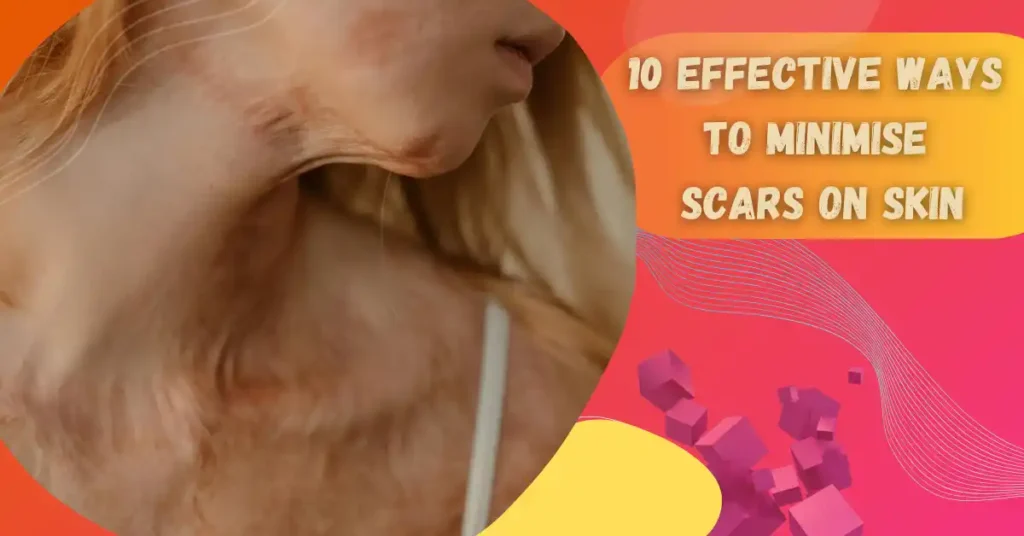Scars on Skin
A scar is a mark left on the skin after an injury or wound has healed. It’s a common occurrence and often a reminder of a past experience. While scars can be a source of discomfort or self-consciousness for some, understanding the different types, causes, and treatment options can help individuals manage their appearance and improve their overall well-being.
Understanding Scars
Scars can vary in appearance, texture, and size. Some are raised and firm, while others are flat or indented. The type of scar that forms depends on several factors, including the severity of the injury, the location of the wound, and individual skin characteristics.
Types of Scars
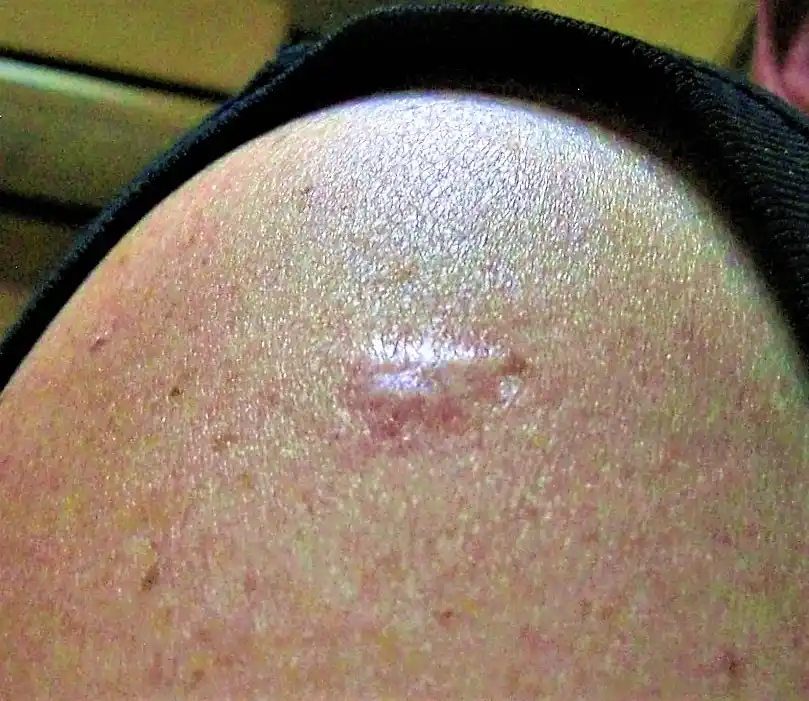
Hypertrophic Scars
These are raised, firm scars that are often red or pink in color. They occur when the body produces too much collagen during healing. Unlike keloids, they remain within the boundaries of the original wound. Hypertrophic scars may improve on their own or with treatments like corticosteroids or silicone sheets.
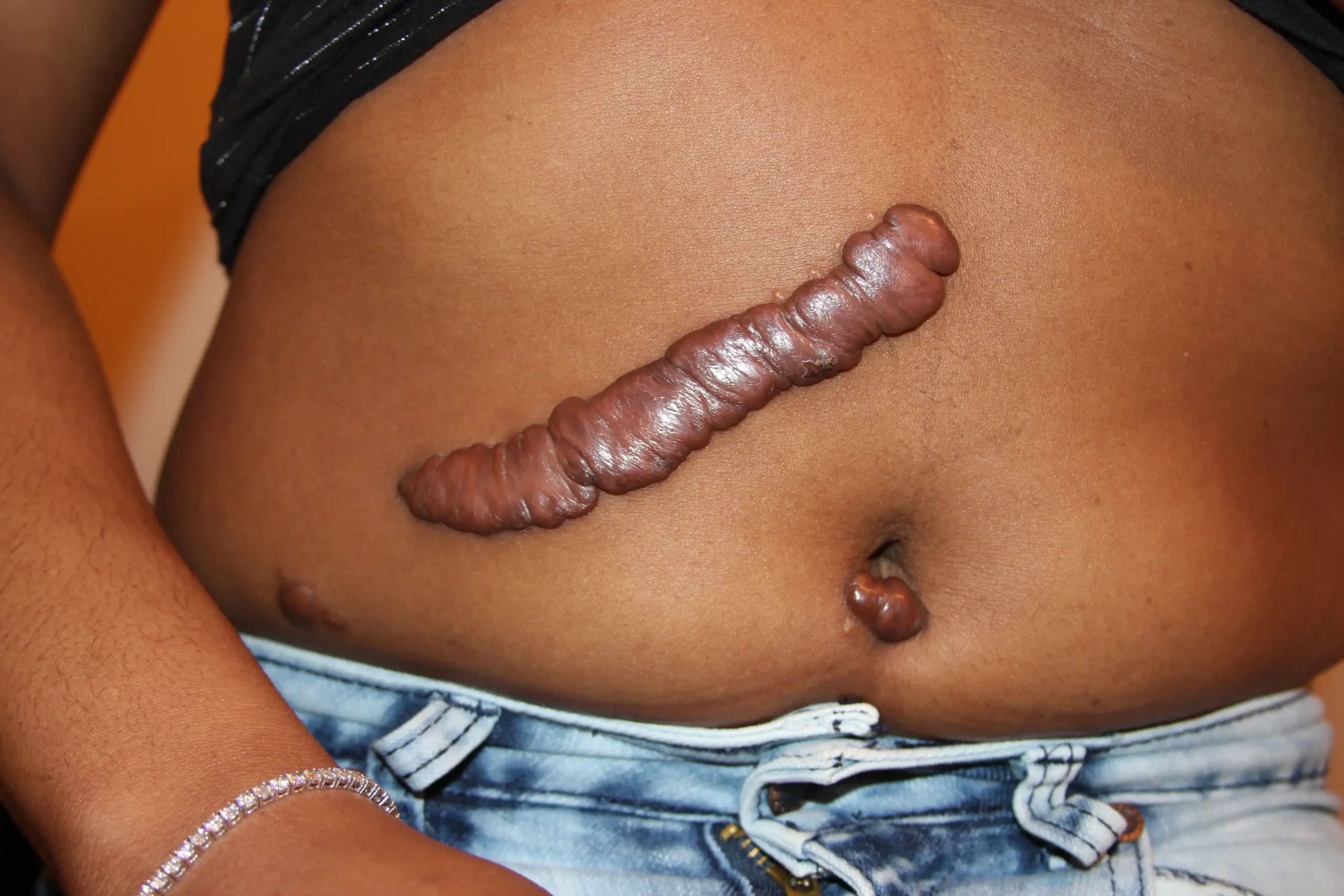
Keloid Scars
Keloids are an overgrowth of scar tissue that extends beyond the original wound boundary. They tend to be larger, raised, and discolored compared to hypertrophic scars. Keloids can form after minor skin injuries, such as piercings or cuts. Treatment options include corticosteroid injections, laser therapy, and surgery, though recurrence is common.

Atrophic Scars
These are indented or sunken scars that often result from conditions like acne, chickenpox, or trauma. They form when there is a loss of underlying fat or tissue during healing. Atrophic scars are commonly treated with dermal fillers, microneedling, or laser resurfacing to stimulate collagen production and improve skin texture.
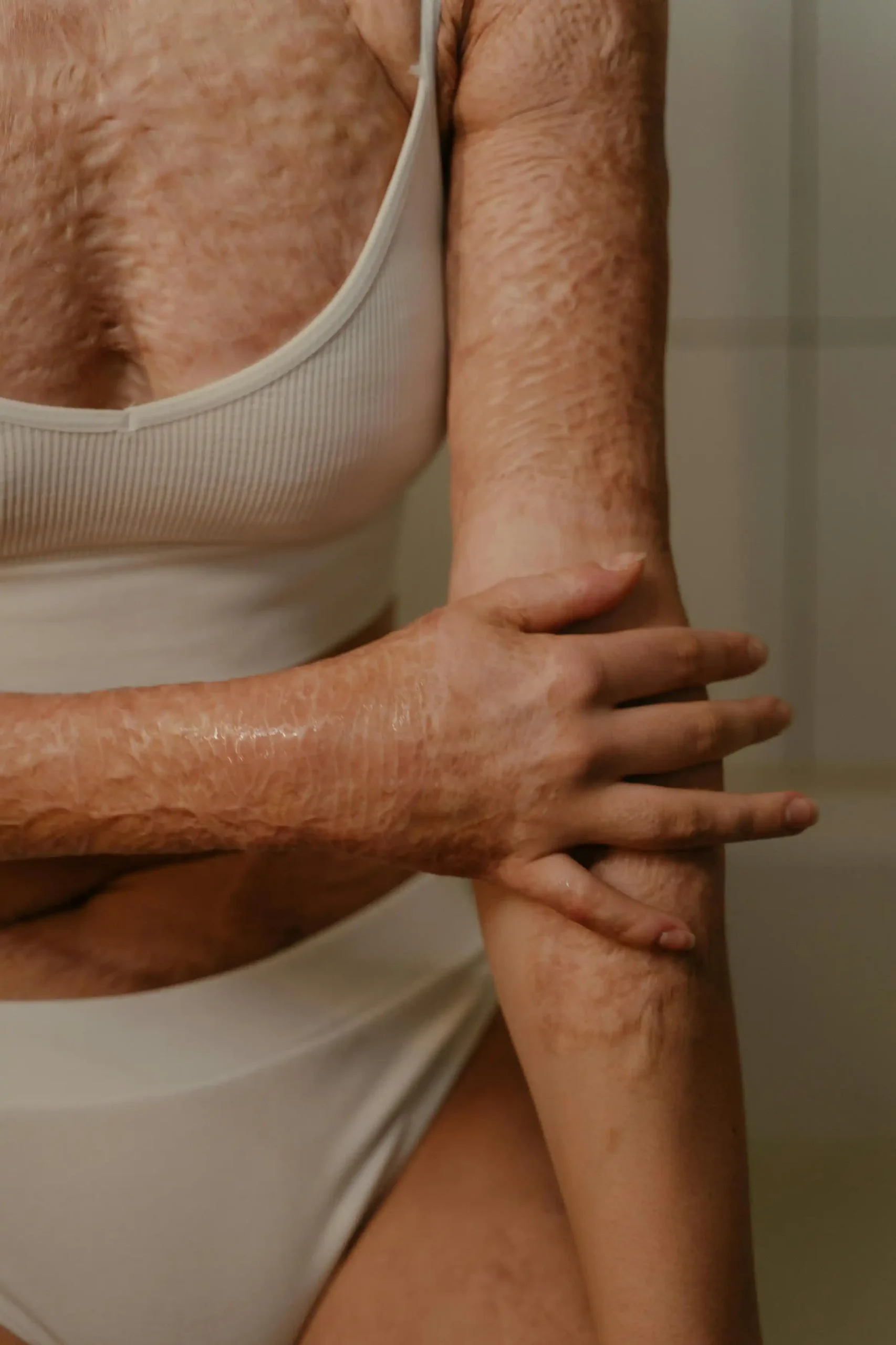
Contracture Scars
Contracture scars are the result of skin tightening after a burn or significant injury. These scars can restrict movement, especially if they form over joints. They occur when the skin pulls together during healing, often creating a puckered or tight appearance. Treatment can involve physical therapy, skin grafts, or surgery to improve mobility and appearance.
Common Causes of Scars
Injuries: Accidents, cuts, scrapes, and sports injuries can all lead to scars.
Surgeries: Incisions from surgical procedures can leave behind scars, which vary depending on the type of surgery and how the wound heals.
Acne: Severe acne or picking at pimples can leave behind atrophic scars, especially in areas like the face, chest, or back.
Burns: Severe burns, particularly third-degree burns, can result in extensive scarring, often leading to contracture scars.
Infections: Infections can damage the skin deeply, leading to long-lasting scars that may require treatment.
Causes of Scars
Injuries: Accidents, cuts, scrapes, and sports injuries can all lead to scars.
Surgeries: Incisions from surgical procedures can leave behind scars.
Acne: Pimples can leave behind scars, especially if they are picked or squeezed.
Burns: Severe burns can result in extensive scarring.
Infections: Infections can damage the skin and lead to scarring.
Scar Formation Process
Wound Healing Stages: When the skin is injured, the body initiates a healing process that involves inflammation, tissue growth, and remodeling.
Collagen Production: During the healing process, the body produces collagen, a protein that helps to rebuild the damaged tissue.
Scar Tissue Formation: As the wound heals, collagen forms scar tissue, which replaces the original skin tissue.
Factors Affecting Scar Appearance
Skin Type: People with darker skin tones may be more prone to hypertrophic scars or keloids.
Age: Younger individuals may be more likely to develop scars, while older individuals may have scars that are less noticeable.
Location of the Wound: Scars on certain areas of the body, such as the chest or shoulders, may be more likely to become hypertrophic or keloid scars.
Depth of the Wound: Deeper wounds are more likely to leave behind scars.
Care Provided: Proper wound care can help to minimize scarring.
Scar Prevention Tips
Proper Wound Care: Keep wounds clean and dry, and avoid picking or scratching at them.
Sun Protection: Protect scars from the sun to prevent discoloration.
Hydration: Stay hydrated to help promote healthy skin.
Nutrition: Eat a balanced diet that includes plenty of fruits, vegetables, and protein.
Avoiding Smoking: Smoking can delay healing and increase the risk of scarring.
Scar Treatments
Over-the-Counter Products
- Silicone Sheets or Gels:
- Compression: Silicone sheets or gels create a microclimate over the scar, applying gentle pressure that can help flatten and soften raised scars.
- Hydration: These products can help keep the scar moist, which is essential for optimal healing and preventing dryness and itching.
- Reduced inflammation: Silicone can help reduce inflammation, which can contribute to scar formation and appearance.

- Topical Creams or Ointments:
- Nutrient delivery: Ingredients like onion extract, vitamin E, or cocoa butter can provide essential nutrients to the scar tissue, promoting healing and improving its appearance.
- Antioxidant protection: Some of these ingredients have antioxidant properties that can help protect the scar from environmental damage and reduce inflammation.
- Moisturization: These creams or ointments can help keep the scar hydrated, preventing dryness and itchiness.

- Exfoliating Products:
- Dead skin removal: Gentle exfoliation can help remove dead skin cells that can accumulate on the scar, improving its appearance and texture.
- Cell turnover: Exfoliation can encourage the growth of new, healthier skin cells, contributing to a more even and smoother scar.
- Product absorption: Exfoliation can help to improve the absorption of other topical treatments, enhancing their effectiveness.
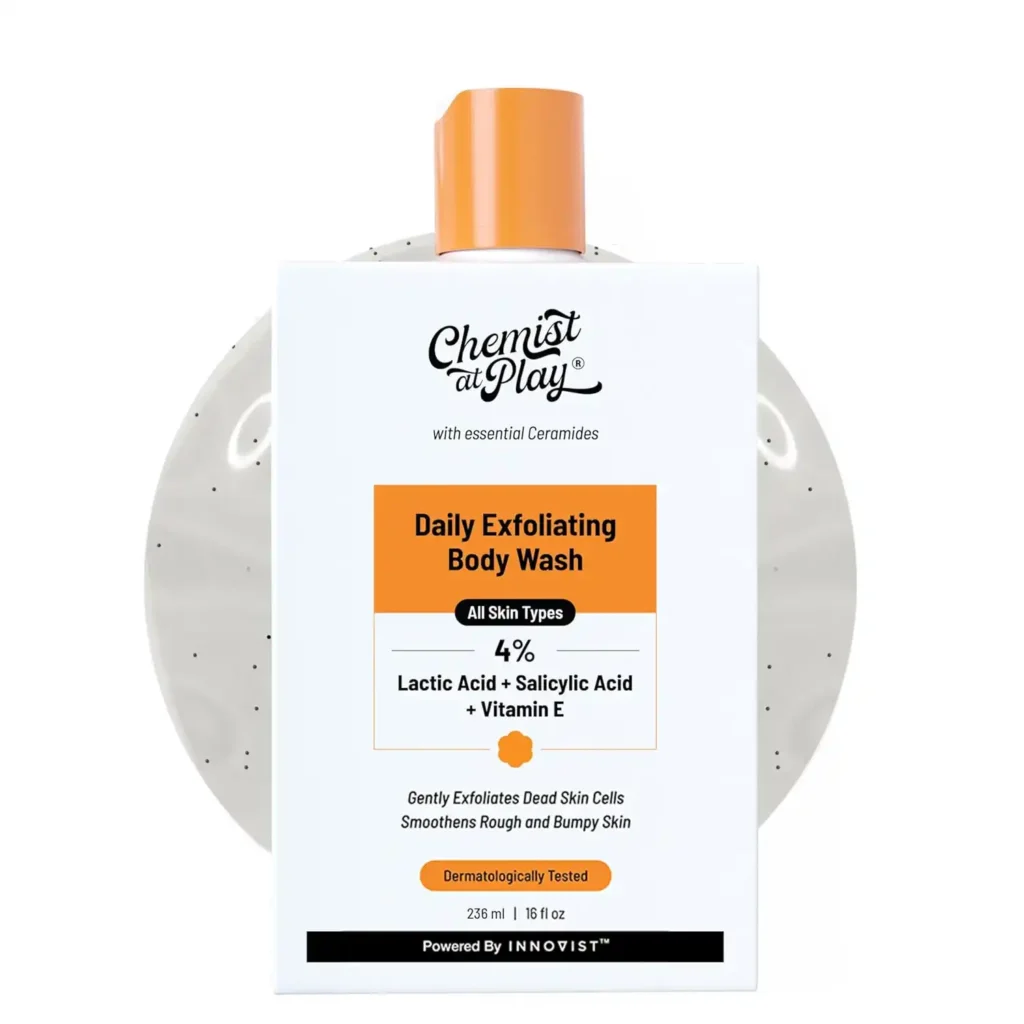
Scar Treatments and Information
Home Remedies
Aloe vera: Apply aloe vera gel to scars to help soothe and moisturize the skin.
Coconut oil: Massage coconut oil into scars to help improve their appearance.
Lemon juice: Apply lemon juice to scars and let it sit for a few minutes before rinsing.
Onion extract: Apply onion extract to scars to help reduce their appearance.
How to Use These Products
Follow the instructions: Always follow the instructions on the product label carefully.
Be patient: It may take several weeks or months to see results.
Consult with a doctor: If you have concerns about your scars or are unsure about which product to use, consult with a dermatologist.
Remember: The effectiveness of these products can vary depending on the type of scar and individual skin characteristics.
Medical Treatments
Corticosteroid Injections: Injections to reduce inflammation and flatten scars, particularly keloids or hypertrophic scars. Multiple treatments are required.
Silicone Sheets: Applied for several hours a day to hydrate scar tissue and reduce thickness over time.
Laser Therapy: Lasers stimulate collagen or remove scar tissue to improve texture and color.
Topical Creams: Prescription creams with retinoids, hydroquinone, or onion extract help lighten scars and reduce hyperpigmentation.
Surgical Treatments
Scar Revision Surgery: Removes scar tissue and sutures the skin with finer stitches to make scars less prominent.
Z-Plasty: A Z-shaped incision repositions scars to align with natural skin creases, often used for contracture scars.
W-Plasty: Similar to Z-Plasty, but cuts in a W-shaped pattern to break up linear scars, blending them with surrounding skin.
Additional Approaches
Microdermabrasion: A non-invasive exfoliation technique that promotes new skin growth, often used for acne scars.
Chemical Peels: A chemical solution is applied to remove the top skin layer, encouraging new skin growth.
Dermal Fillers: Injected into indented scars to elevate the surface and improve appearance, though results are temporary.
Psychological Impact of Scars
Scars can significantly affect body image, self-esteem, and cause social anxiety. People may feel self-conscious about visible scars, leading to emotional distress.
Scar Acceptance and Empowerment
It’s important to embrace scars as part of your journey. They tell a unique story and contribute to your personal growth. Support groups and communities can provide encouragement and emotional support, fostering confidence and self-empowerment.
Conclusion
Scars are common and can vary in appearance and impact. While treatments exist to minimize their appearance, it’s essential to understand the type of scar and available options. With the right approach, individuals can manage their scars and feel more comfortable in their own skin.
Affiliate disclosure
Kindly take notice that this post may includes hyperlinks that qualify as affiliate links. As a result, I may become eligible to receive a modest commission, without any expense to you, in the event of a purchase made through these hyperlinks featured on this website. Cosmeticknowledge.com is a participant in the Amazon Services LLC Associates Program.
https://www.youtube.com/channel/UCwivHo24VuhS0Lj54pzGScA
https://www.facebook.com/profile.php?id=100093483188011
FAQ
Can scars fade over time?
Yes, most scars fade over time. However, the rate at which they fade can vary depending on the type of scar, the location of the wound, and individual skin characteristics. Some scars may fade more quickly than others, while some may remain visible for many years.
Are there any home remedies for scars?
Yes, there are several home remedies that may help to improve the appearance of scars. Some popular options include aloe vera, coconut oil, lemon juice, onion extract, and cocoa butter. However, it is important to note that these remedies may not work for everyone, and it is always best to consult with a doctor before trying any new treatment.
When should I see a doctor about a scar?
When should I see a doctor about a scar? If you are concerned about the appearance of a scar, or if it is causing you pain or discomfort, it is important to see a doctor. They can help to diagnose the type of scar you have and recommend appropriate treatment options.Can scars be prevented? While it is not always possible to prevent scars, there are several steps you can take to minimise their appearance. These include:
Proper wound care: Keep wounds clean and dry, and avoid picking or scratching at them.
Sun protection: Protect scars from the sun to prevent discolouration.
Hydration: Stay hydrated to help promote healthy skin.
Nutrition: Eat a balanced diet that includes plenty of fruits, vegetables, and protein.
Avoiding smoking: Smoking can delay healing and increase the risk of scarring.
What is the difference between a hypertrophic scar and a keloid scar?
Both hypertrophic scars and keloid scars are raised, firm scars that form in response to injury. However, there are some key differences between the two:
Hypertrophic scars: These scars are typically smaller than the original wound and do not extend beyond its borders. They are often red or pink in color and may fade over time.
Keloid scars: These scars are larger than the original wound and extend beyond its borders. They can be firm, raised, and discolored. Keloid scars are more likely to occur in people with darker skin tones and are often more difficult to treat.

